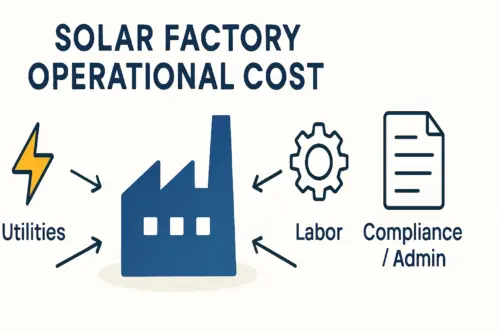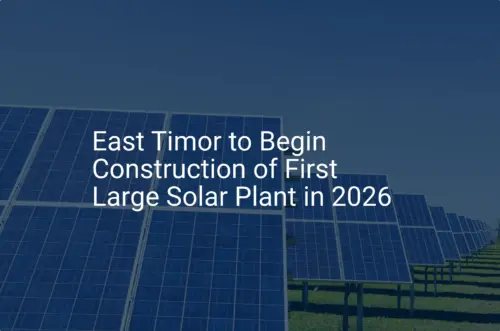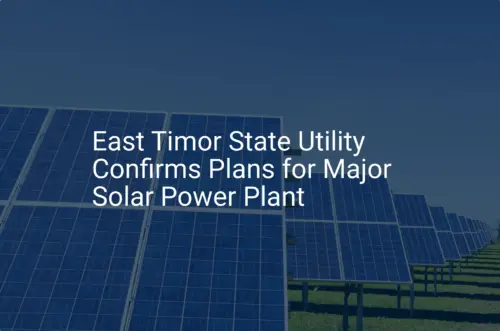Entrepreneurs considering a new industrial venture often focus first on machinery, capital, and location. Yet, decades of experience in factory setups show that the long-term viability of a manufacturing operation depends fundamentally on its people. This holds especially true in specialized fields like solar module production.
This analysis offers a clear-eyed assessment of the labor landscape in East Timor (Timor-Leste) for establishing a solar module factory. It explores the country’s demographic potential, prevailing skill levels, and typical wage structures, examining the critical role of strategic training in building a competitive and sustainable workforce.
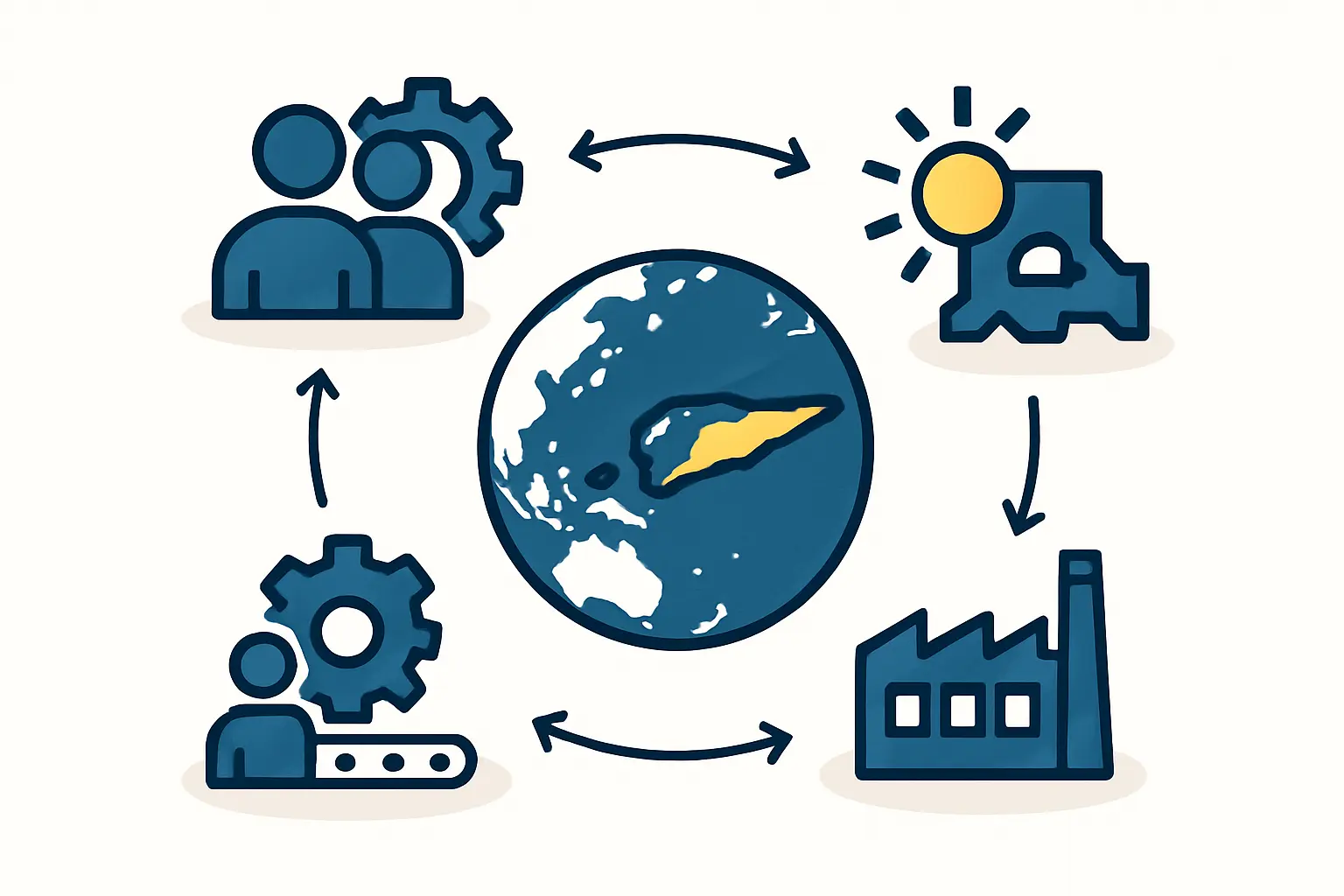
The Labor Landscape in East Timor: An Overview
East Timor presents a unique demographic profile that is highly relevant to any new industrial investor. The country has one of the youngest populations in the Asia-Pacific region, with a significant portion of its citizens under 25. This creates a large and potentially dynamic pool of individuals entering the workforce.
Key Characteristics:
-
Youthful Demographics: A large youth population ensures a long-term supply of labor that is adaptable and receptive to new training and technologies.
-
Limited Industrial Precedent: The formal manufacturing sector in East Timor is still in its early stages. While this means a limited supply of pre-existing industrial skills, it also means a workforce without entrenched habits—an advantage when implementing standardized, high-quality production processes.
-
High Motivation: With high rates of youth unemployment and underemployment, the local population has a strong motivation to secure stable, formal-sector employment. This eagerness to learn and work is a significant asset for a new venture.
For an investor planning to install a turnkey solar manufacturing line, this context presents a clear opportunity: the ability to shape a workforce from the ground up, instilling a culture of quality and precision from day one.
Assessing Technical Skill Availability
A common concern for investors in emerging markets is the availability of technically proficient labor. In East Timor, it is realistic to assume that candidates will not have prior experience in photovoltaic manufacturing. The talent pool will largely consist of individuals with a general secondary education or basic vocational qualifications.
This is not a barrier but a planning parameter. Success depends not on finding ready-made experts, but on establishing a robust system to create them. The focus must shift from recruiting existing skills to implementing a comprehensive training program.
Ready to make big Profits?
The solar Industry is Booming
WE HELP NEWCOMERS to the solar industry start their own solar module production line. Customers can make BIG PROFITS by selling modules and finding investors, without wasting money and time on things they don't need!
Based on experience from J.v.G. turnkey projects, operators do not need an advanced engineering background. The most important attributes are diligence, attention to detail, and a commitment to following standardized procedures. The core challenge is bridging the gap between general education and the specific, process-driven skills required for module assembly.
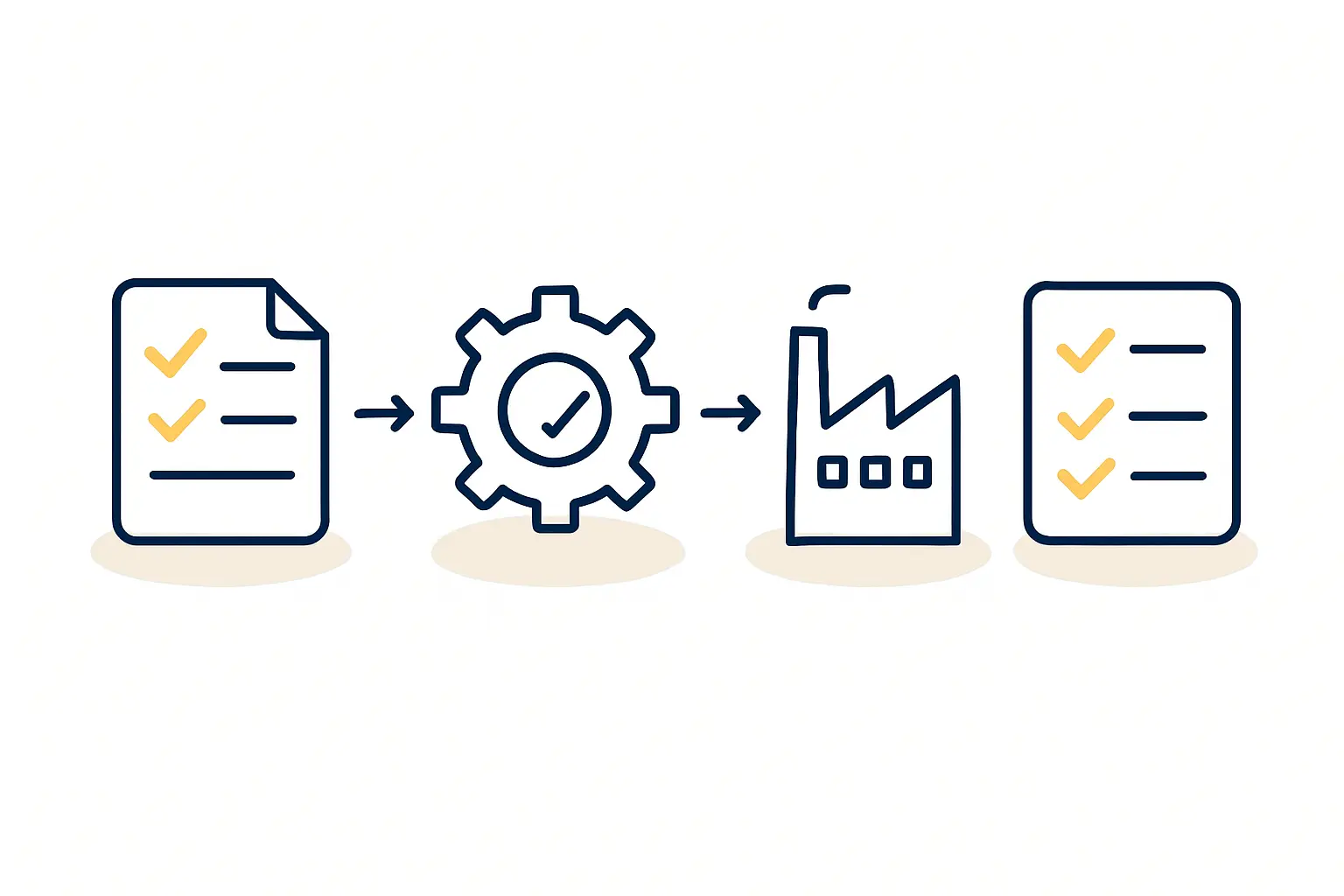
Wage Structures and Cost Implications
Understanding local wage structures is essential for developing an accurate business plan. Labor costs in East Timor are competitive compared to other countries in the region, offering a significant operational advantage.
Typical Wage Benchmarks (Estimates):
-
Unskilled/Trainee Operator: The national minimum wage provides a baseline, which is approximately $115–$130 USD per month. New hires would typically start at or slightly above this level during their probation and initial training period.
-
Semi-Skilled Operator (Post-Training): Once an operator is fully trained and proficient in a specific role (e.g., cell stringing, lamination), a wage of $150–$250 USD per month is a reasonable expectation.
-
Local Supervisor/Team Leader: A shift leader with demonstrated responsibility and technical understanding might command a salary of $300–$500+ USD per month, depending on experience and scope of duties.
These figures are a critical input for calculating the initial investment and operational costs. While these wages are attractive, it is crucial to budget adequately for training, benefits, and performance incentives to ensure high retention of skilled staff.
Building a Skilled Workforce: A Strategic Training Plan
A dedicated training program is the most critical investment in human capital. A well-structured plan ensures the local workforce can operate the sophisticated machinery of a solar factory to international quality standards.
The training process is typically phased:
Phase 1: Foundational Skills (1-2 weeks)
This initial phase covers concepts new to most applicants. It includes workplace safety, the importance of cleanliness in a manufacturing environment (especially for solar), basic measurement skills, and an introduction to the concept of a production line.
Phase 2: Role-Specific Technical Training (2-4 weeks)
Each operator is trained for one of the required operational roles. This involves hands-on instruction at the specific machine they will operate, such as the stringer, layup station, or laminator. This training is often led by an experienced engineer from the equipment supplier. The pvknowhow.com methodology emphasizes a ‘train the trainer’ approach, where local supervisors are trained first, then empowered to train their teams.
Phase 3: Quality Control and Ramp-Up (Ongoing)
Training does not end when production begins. Continuous reinforcement of quality control principles is essential. This includes visual inspection criteria, understanding material defects, and proper handling of solar cells and modules. During the first few months, production is slowly ramped up to allow the team to build confidence and consistency.
Feedback from similar projects in emerging markets underscores the importance of appointing and training strong local team leaders early. These individuals become crucial for communication, quality enforcement, and day-to-day problem-solving.
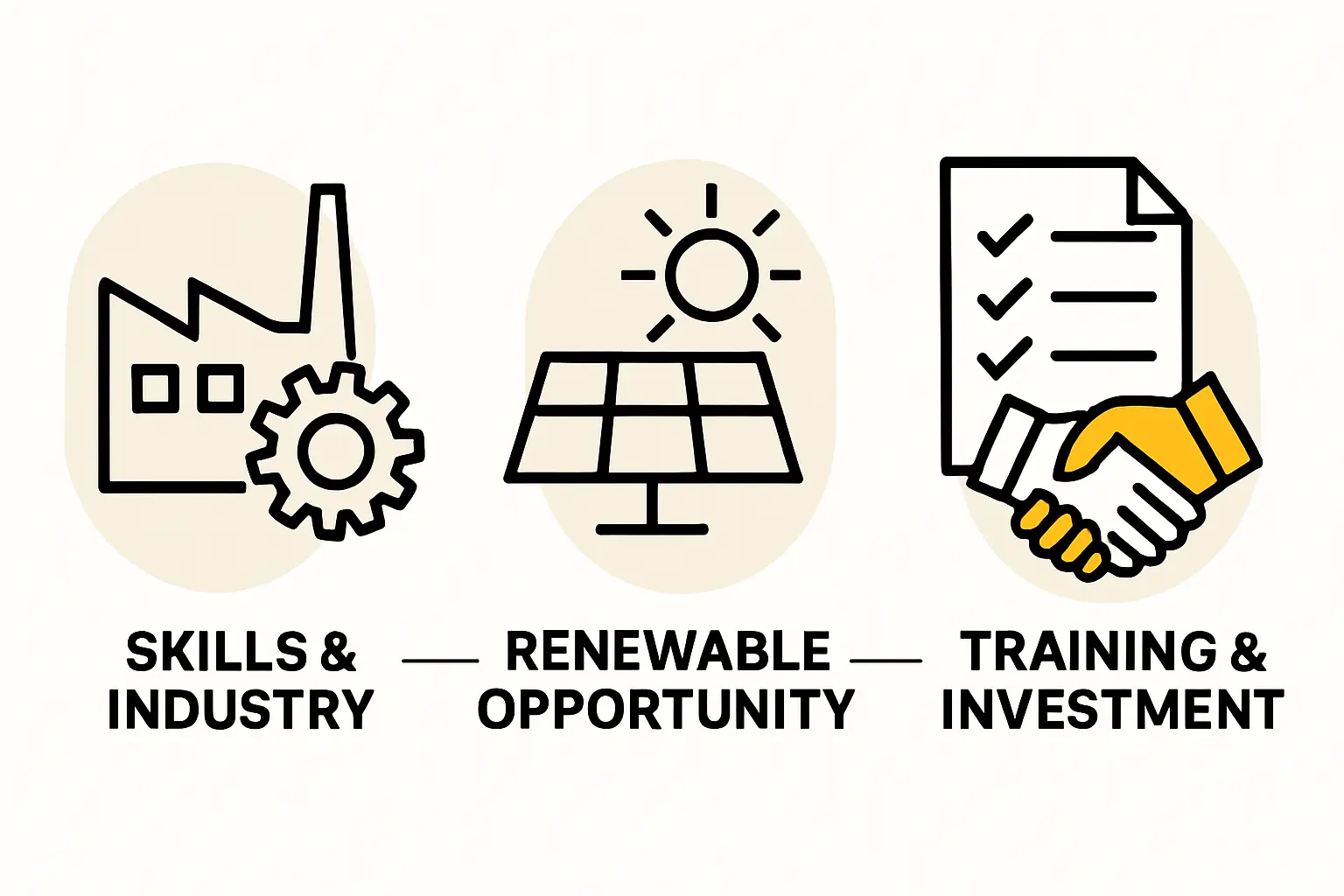
Frequently Asked Questions (FAQ)
What are the key roles in a small solar factory?
A typical 20-50 MW factory requires around 25-40 production staff. Key roles include cell tester/sorter, stringer machine operator, layup station operator, busing technician, EL tester, laminator operator, framing machine operator, and final quality control inspector.
How long does it take to fully train a new operator?
A motivated individual with no prior experience can typically become proficient in a specific operational task within 4 to 6 weeks. Mastery and speed continue to improve over the first six months of production.
Are there language barriers to consider for training?
The official languages are Tetum and Portuguese, with Indonesian and English widely used as working languages. It is advisable to have training materials translated into a local language. On-site training conducted by expatriate engineers will require a competent local translator or a supervisor who is fluent in English.
What is the typical ratio of local staff to expatriate managers?
For a new factory, it is common to have one or two expatriate experts on-site for the first 6–12 months to oversee the technical ramp-up and train the local management team. The long-term goal is always to transition operational management entirely to a local team.
Conclusion: Turning Potential into Performance
The labor pool in East Timor offers significant potential for a new solar module manufacturing venture. The combination of a large, motivated youth population and competitive wage structures creates a compelling business case. However, this potential can only be realized through a deliberate and well-executed strategy for training and skills development.
An investor should view the local workforce not as a pre-existing resource to be tapped, but as a high-potential asset to be developed. By prioritizing comprehensive training and establishing a strong culture of quality, it is entirely feasible to build a world-class manufacturing team in East Timor.


